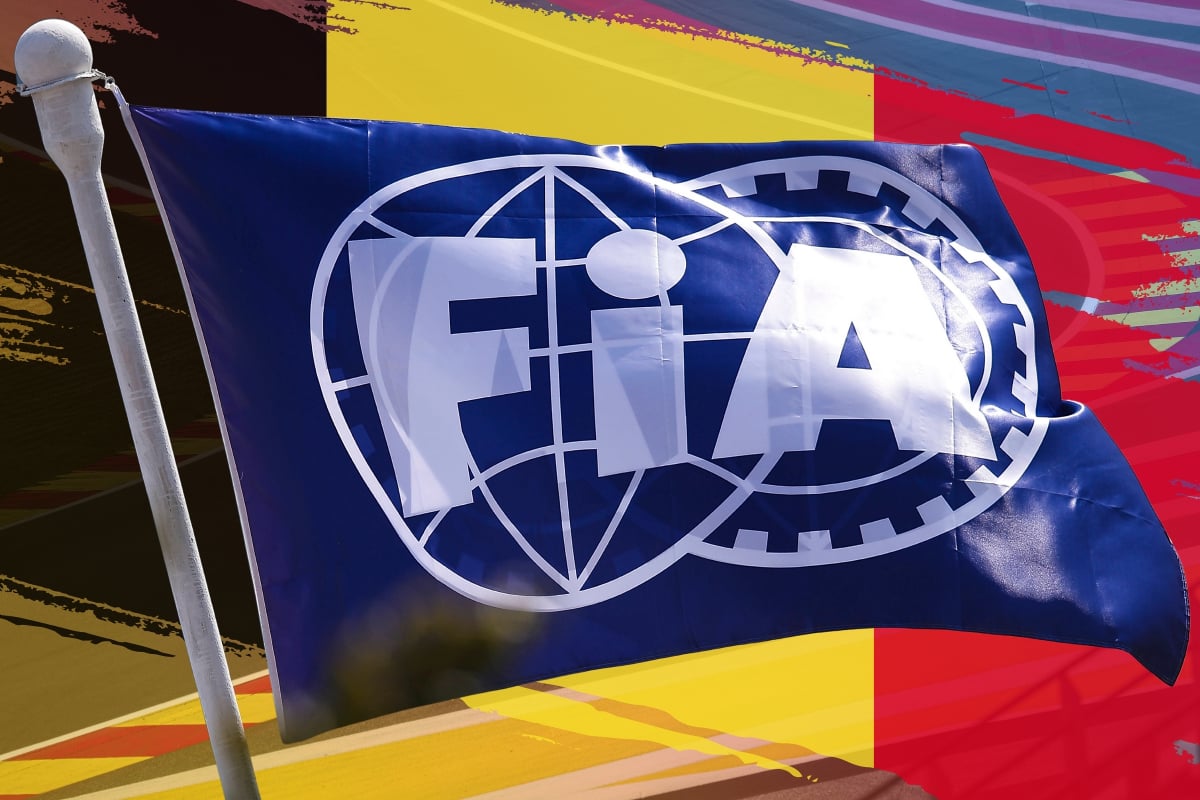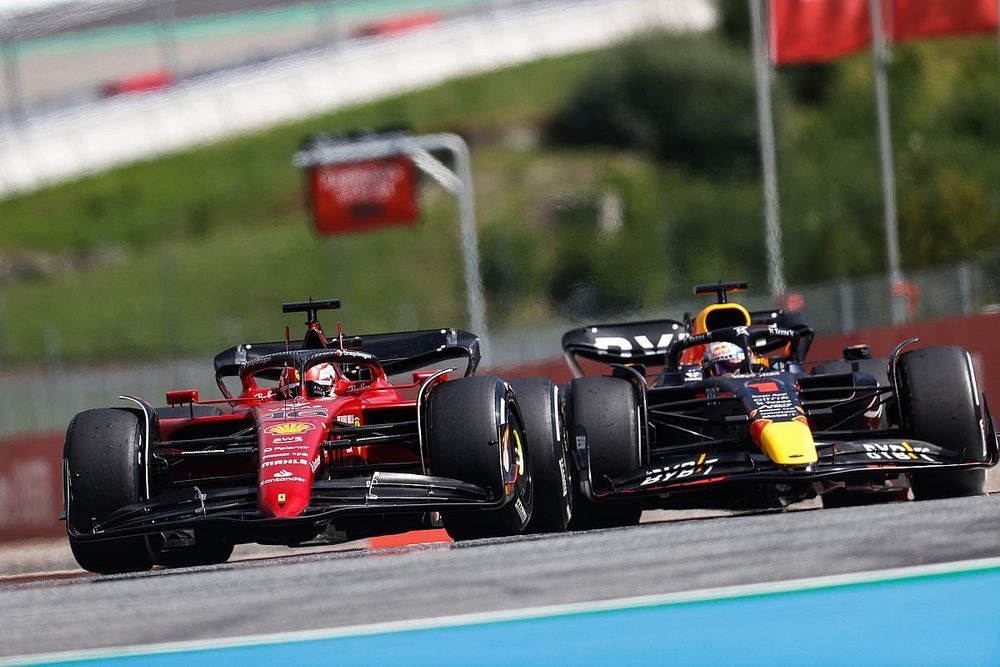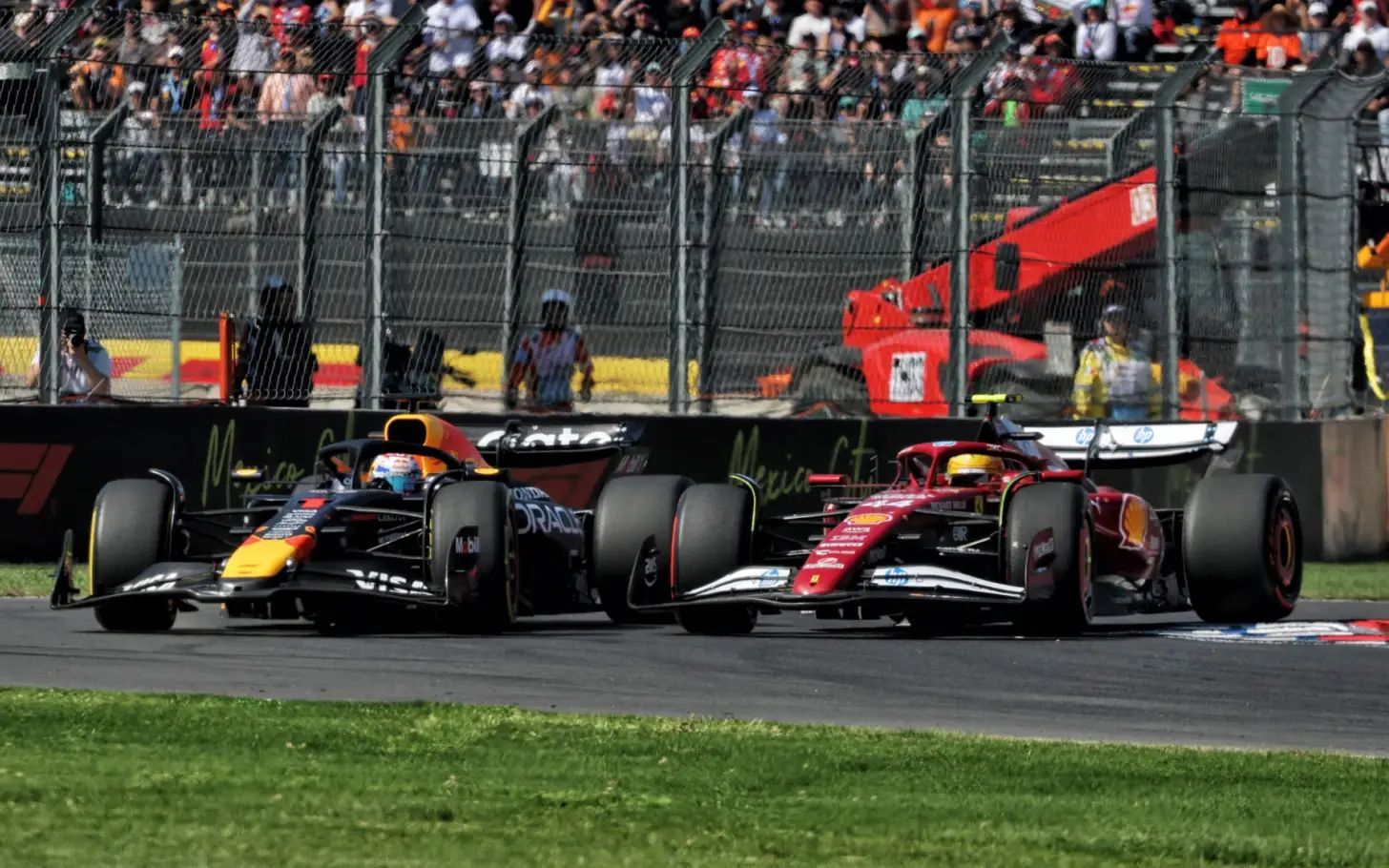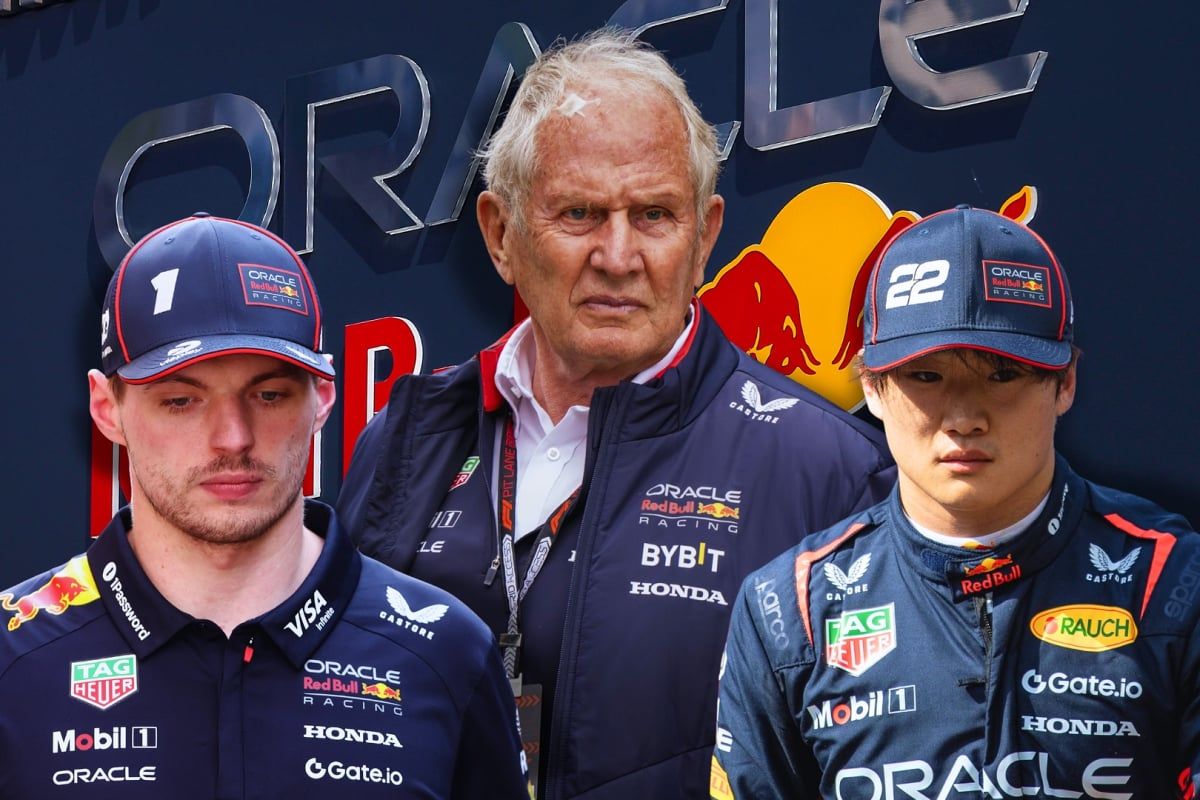Breaking News: FIA Hands Out Shocking Changes to F2 Feature Race Result FIA Hands Out…. readmore
In a dramatic turn of events at the Belgian Grand Prix, the FIA has confirmed a pair of penalties that dramatically altered the outcome of the Formula 2 feature race. The confusion was palpable as the race’s winner changed not once, but twice, leaving fans and teams perplexed by the unexpected twists.
A Stunning Win Turns Sour
Initially, it was McLaren-backed talent Alex Dunne who emerged victorious, impressing everyone with his skillful performance in challenging wet weather conditions. Dunne’s triumph was celebrated not only by his team but also by fans who witnessed a unique display of racing prowess. He crossed the finish line ahead of Arvid Lindblad and Roman Stanek, who finished in second and third places, respectively. The race appeared to be a masterclass in handling difficult circumstances, particularly for the young Dunne, who was praised for his control and strategy throughout the race.
The Decision that Changed Everything
However, the FIA’s announcement of a 10-second penalty for Dunne quickly overshadowed the initial excitement surrounding his win. The penalty was imposed for failing to engage the start set-up procedure on the formation lap, a vital rule that ensures drivers are prepared for the race conditions. This mistake led to the first major change in the race standings, knocking Dunne off the top spot and shifting the focus to the runners-up.
Dunne’s team and fans expressed their disappointment over the decision, questioning the impact of such a penalty on the integrity of the sport. The regulations are stringent in Formula 2, where every detail matters, but the timing of the penalty, just after crossing the finish line, left many speculating about whether the punishment fit the infraction.
Navigating the Aftermath
Following Dunne’s penalty, Arvid Lindblad briefly found himself in the spotlight as the new leader of the race. However, the twists didn’t stop there. Just when it looked like Lindblad would be crowned the winner, the FIA’s officials revealed additional penalties that would further complicate the outcome.
With the penalties initially aimed at Dunne now creating ripples throughout the standings, the race results became increasingly unstable. Fans were treated to a real-time evolution of the leaderboard, showcasing the unpredictable nature of motorsports where rules and regulations can reshape the narrative in seconds.
In the end, Roman Stanek emerged victorious after what seemed like a chaotic series of adjustments. His ascension to the top spot painted a bittersweet picture for the other drivers who fought hard throughout the duration of the race. While Stanek celebrated his win, the story of the race revolved heavily around the controversies and penalty decisions that ultimately defined the event.
Fans React: Mixed Emotions
The ever-present question of fairness and consistency within the sport echoed throughout social media, with fans and analysts sharing their thoughts on the unfolding drama. Many took to platforms like Twitter and Instagram to voice their opinions, resulting in a wide range of reactions. Some applauded the FIA for enforcing the rules strictly, while others argued that the penalties cast a shadow over the excitement of Dunne’s initial win.
The event sparked debates among enthusiasts regarding the complexity of racing regulations and their execution. Was the 10-second penalty justified? Did it overshadow the achievements of the drivers involved? The conversations are as varied as they are passionate, highlighting the engagement and deep-rooted interest fans have in the sport.
Moving Forward
As the dust settles on this remarkable race in Belgium, the aftermath poses renewed discussions about the balance between rules and the spirit of racing. With the F2 series continuing and more races on the horizon, the implications of this event will be felt for some time to come as teams and drivers reassess their strategies.
For Alex Dunne, despite the frustrations of having his victory taken away, it remains a learning opportunity as he continues to develop his skill set amidst the fast-paced environment of Formula 2. For the FIA, it’s a reminder of the delicate balance between maintaining order and ensuring the thrill of competition, a challenge that every racing organization faces as they strive to push the boundaries of motorsport.
In closing, the Belgian Grand Prix has certainly left its mark, reminding fans and competitors alike that in the world of racing, anything can happen, and every moment matters. As they gear up for the next race, all eyes will be on how teams navigate the intricate web of regulations and the ever-changing drama that only motorsport can provide.




